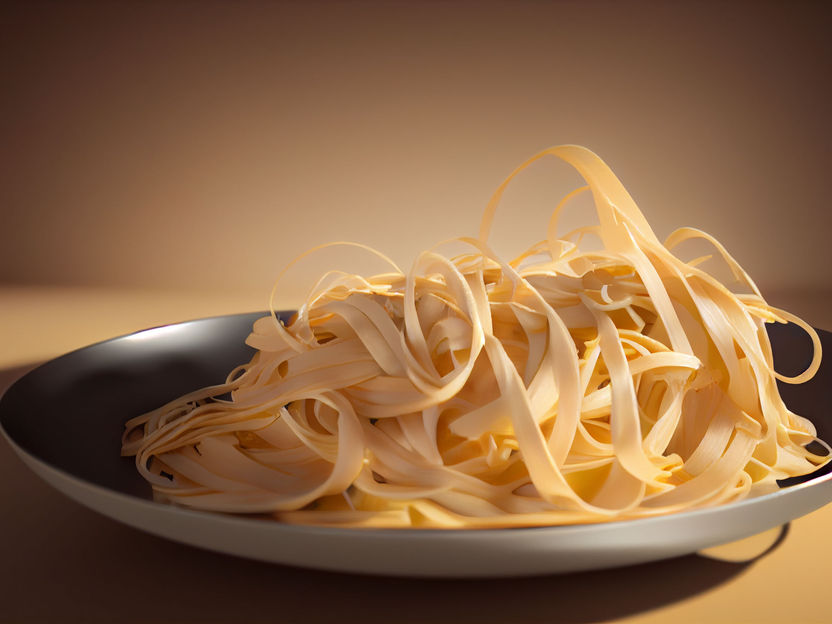Historical treatise on 75 years of nutrition research in Potsdam-Rehbrücke published
In September 2022, the DIfE celebrated its 30th anniversary. But the tradition of nutrition research at the Rehbrücke site now goes back 75 years. To mark this special occasion, the DIfE board commissioned science historian PD Dr. Georgy Levit and Dr. Judith Schäfer to recapitulate the eventful history of nutrition research from its beginnings to the present. The result is a historical treatise entitled "From Food Science to health Research - Nutrition Research in Potsdam-Rehbrücke (1946 2021)", which provides a vivid overview of the developments at the research site on 352 pages.

The book "Nutrition Research in Potsdam-Rehbrücke
Juliane Dräger | DIfE
The birth of the book project
The idea for the book was born in 2017 and can be traced back to Prof. Tilman Grune, Scientific Director of DIfE. "I had in mind a historical reappraisal of nutrition research at the Rehbrücke site and the people involved, such as Arthur Scheunert," explains Grune. "I wanted to create a basis on which the DIfE could position itself with regard to historical events." In 2017, the historian of science PD Dr. Georgy Levit from the University of Jena was commissioned by the institute's board of directors to conduct the relevant research and write the paper. He received support from long-time DIfE employee Dr. Judith Schäfer, who served as co-author.
Detective work in the archives
In order to draw as comprehensive a picture as possible of the history of nutrition research in Rehbrücke, Levit and Schäfer researched in various archives throughout Germany. They studied numerous documents, examined bequests and photographic material. In addition, relatives of former Institute scientists provided the two authors with insights into their family archives and supported them with photos and revealing background information. Interviews with current and former DIfE employees rounded out the research.
In particular, the research on the Central Institute for Nutrition (ZfE) presented a challenge. "Since the DIfE is not an official legal successor to the ZfE, all historical documents and photos passed into the possession of the Brandenburg State Archives (BLHA) after the fall of the Wall, packed in around 460 cardboard boxes," Schäfer reports. In the meantime, the cartons have been broken up and transferred to about 2,000 files. Despite pandemic-related restrictions, Schäfer and Levit were able to gain numerous important insights from the files during weeks of meticulous research work at the BLHA. "I find it impressive that scientists* in the former GDR achieved outstanding, internationally recognized results under the social conditions of the time and despite sometimes adverse circumstances," says Schäfer.
The team of authors obtained additional information about the ZfE during their research in the archive of the Berlin-Brandenburg Academy of Sciences and Humanities and in the Stasi documents archive. "It is amazing that despite the social upheavals, a continuity and tradition in the field of nutrition research could be maintained over decades," says Levit. At the same time, the study of the relationship between nutrition and health has always been the focus of scientists*.
Three quarters of a century in four chapters
The first chapter describes the work of Arthur Scheunert and Wilhelm Ziegelmayer, the beginnings of vitamin research and its transition to nutrition research. "The far-sightedness with which the institute's founders acted even then is remarkable," says Schäfer. In the second chapter, Levit and Schäfer address the institutionalization of nutrition research in Germany. The focus is on the origins and development of the ZfE in the GDR, which is illustrated using the example of Manasan infant nutrition, among others. The chronology at the end of the chapter provides a summary of nutrition research at the Potsdam-Rehbrücke site. It illustrates the names of the institutes and their directors as well as the research foci and areas from 1946 to the end of 1991. This is followed by the transition period from the ZfE to the DIfE, which is presented in the third chapter. This chapter also ends with a chronology presenting the most important political and institute-related events from 1989 to 1992.
The fourth chapter is all about the establishment and development of the DIfE and its research from 1992 to 2021, with the first subchapter dedicated to the founding director, Prof. Dr. Christian Barth. "The founding of the DIfE was an important milestone in the development of nutritional sciences in Germany," Levit summarizes. Included in the DIfE chapter are three interviews with former Scientific Director Prof. Dr. Dr. Hans-Georg Joost and the current Scientific and Administrative Directors, Prof. Dr. Tilman Grune and Dr. Birgit Schröder-Smeibidl. The chapter concludes with a chronology of the DIfE's research priorities and departments from 1992 to 2022.
Looking to the future
In the concluding fifth chapter, Prof. Dr. Tilman Grune provides an outlook on the scientific development of the DIfE and the challenges of the future. "Investigating the effects of sustainably produced food on metabolism will become increasingly important," he says in it, among other things. Levit adds, "We've come full circle, because food research and the development of new food sources, which were among the most urgent tasks of nutrition research after the war, are becoming topical again in view of the new global challenges."
The book was created in cooperation with the Frankfurt design studio "Synchronschwimmer" and was produced in an edition of 1000 copies.
Interested parties can contact the DIfE press office.
The DIfE board and the authors would like to take this opportunity to express their sincere thanks to all those who supported this book project, especially the Brandenburg State Archives (BLHA).
* This book looks only at the development of the DIfE and its predecessor institutes, but not at that of the Institute of Nutritional Sciences (IEW) at the University of Potsdam, which is located on the same campus.
Note: This article has been translated using a computer system without human intervention. LUMITOS offers these automatic translations to present a wider range of current news. Since this article has been translated with automatic translation, it is possible that it contains errors in vocabulary, syntax or grammar. The original article in German can be found here.





























































